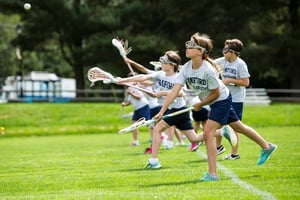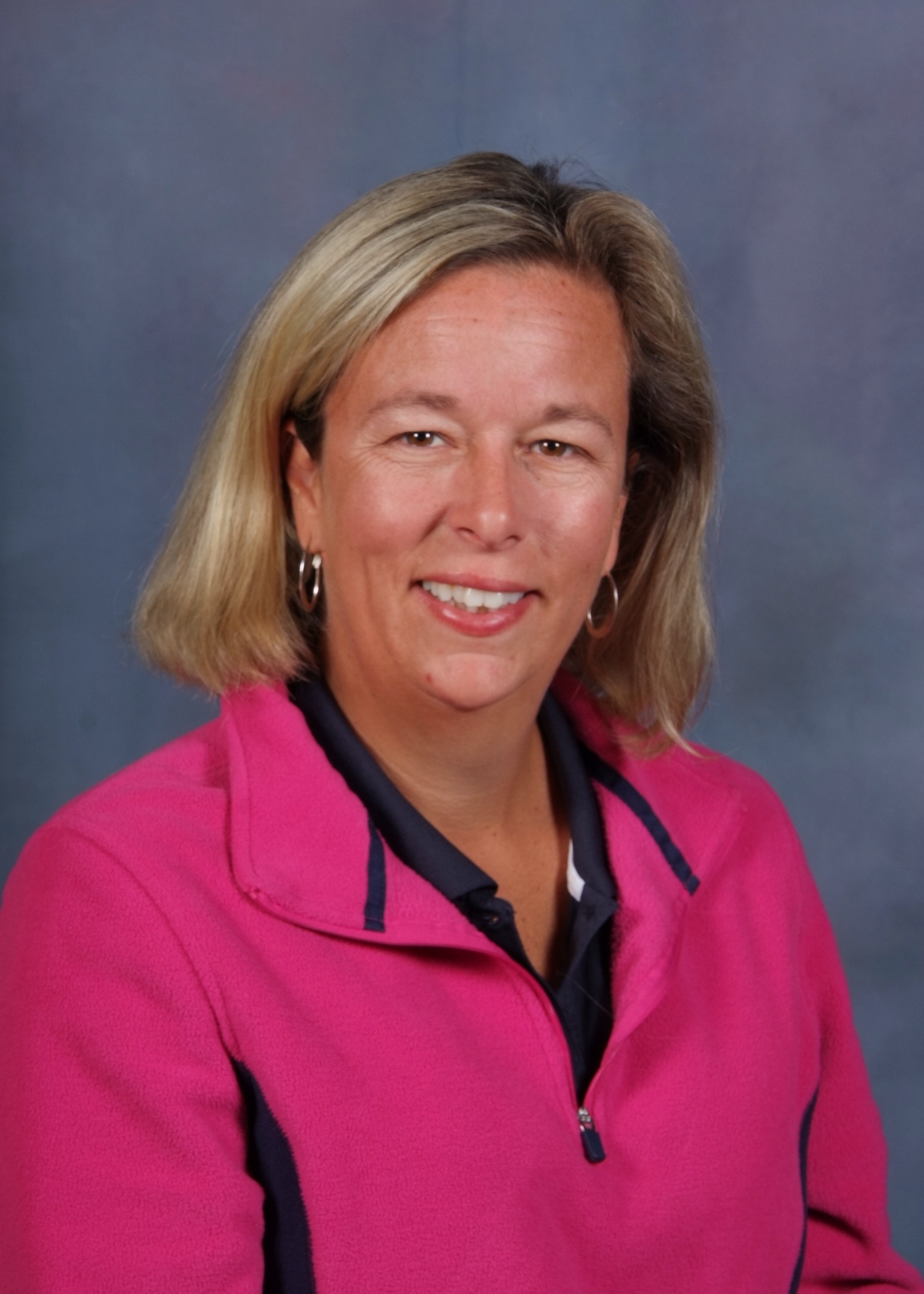 When you hear the word “literacy” you probably
When you hear the word “literacy” you probably
What Is Physical Literacy?
Put simply, physical literacy is developing the fundamental movement skills that children need, such as running, hopping, throwing, catching, and jumping. Once achieved, it gives children the confidence to participate in a variety of physical activities, sports, and games, whether on dry land or in the water or snow. With practice, kids are better able to enjoy being physically active in ways that can continue throughout their lifetimes. When students adopt a "can do" attitude about movement, the same attitude can carry over to their schoolwork. In fact, many studies have shown that engaging in physical activity can lead to improved academic performance, so when kids get active they reap both physical and cognitive benefits.
Essentials of PHYSICAL LITERACY
Physical literacy does not take special skills; kids simply have to get outside and play. Climbing the monkey bars, kicking a soccer ball, or playing tag are all activities that contribute to a child's physical literacy. At Sanford School, we offer
- Awareness: Where is my body in relation to other people or things around me?
- Selection: What movement is best for this situation?
- Sequencing: How can I put multiple movements together to achieve a goal?
- Modification: What should I do differently as my environment changes?
Importance of PHYSICAL LITERACY
When you build the physical literacy of a child, you lay a foundation of lifelong health habits. At Sanford School, our students are constantly active, whether walking through our 85-acre campus to go to classes, participating in engaging physical education classes or playing on our newly remodeled playgrounds. We encourage you to keep this going
Shannon Helmecki is Chair of the Physical Education and Health program at Sanford School in Hockessin, DE. She has taught and coached at Sanford since 1996. Shannon received her Bachelor of Science degree at East Stroudsburg University and her Master of Science in Health Education from West Chester University.
See Also: Healthy Bodies, Healthy Minds









